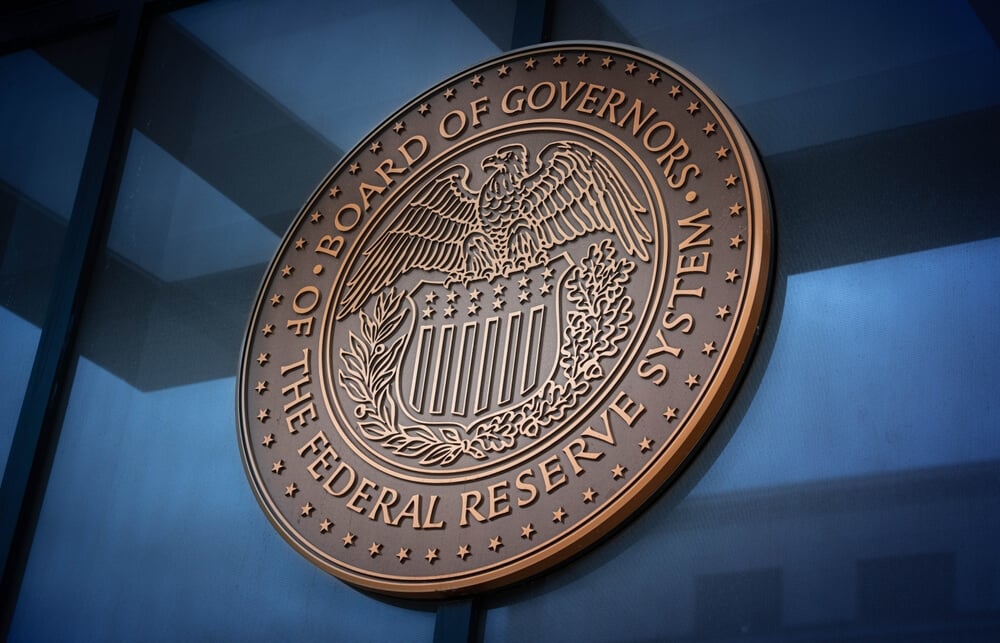Elected political leaders often express frustration with monetary policymakers.
If only the central bank would lower interest rates, they reckon, businesses and households could borrow more easily for long-term purposes, like building factories and buying homes, boosting the economy and, typically, incumbents’ reelection chances.
If the central bank, concerned about inflation, keeps interest rates higher, some politicians try to pressure them into lowering interest rates by all possible means, from browbeating to changing the leadership.
This is the current situation in the United States, where President Donald Trump is determined to subordinate the Federal Reserve to his will.
At this stage – at least in countries with higher GDP per capita and well-functioning government institutions – political leaders’ top policy advisers typically point out that undermining (or eliminating) central-bank independence is likely to prove – quite quickly – to be entirely self-defeating.
But wise counsel of this kind is either lacking within the Trump White House or, more likely, being brushed aside.
Long-term interest rates
That won’t make the problem go away. What any sensible politician cares about (or should care about) is long-term interest rates.
And if the focus is on helping people buy homes – a current hot topic in Washington – what matters most is the fixed interest rate on 30-year mortgages.
This interest rate is set in private markets, but the benchmark for pricing it is the yield on ten-year Treasury bonds.
If the yield on these bonds goes up, then the mortgage rate rises and buying a house becomes more expensive, all other things being equal. (From 2021 until earlier this year, I was on the board of Fannie Mae, a government-sponsored enterprise that insures many US mortgages against default.)
The Fed, like most central banks most of the time, at best controls only short-term interest rates
But the Fed, like most central banks most of the time, at best controls only short-term interest rates.
At what is known as the short end of the yield curve, the Fed is highly influential and perhaps even has control when things go well.
But market forces determine rates on 10-year government bonds (and on 30-year fixed rate mortgages).
What do investors think is a fair rate
The key question is: what do investors think is a fair rate, given what is likely to happen to the economy next (and over the coming years).
An important element of this entirely private-sector calculation is expected short-, medium-, and long-term inflation.
In the US, the Federal Open Market Committee sets interest rates in an attempt to keep inflation around 2%.
If the FOMC is effectively forced by political pressure (of any kind) to lower interest rates below what its members believe is consistent with that target, there might be more economic growth in the short run, but there will likely also be more inflation.
Political pressure can lower short-term interest rates, but, given the likelihood of higher inflation, long-term rates are likely to rise
How much more is hard to say for sure, but this is exactly the math that the bond market is trying to do.
Political pressure can lower short-term interest rates, but, given the likelihood of higher inflation, long-term rates are likely to rise.
For example, firing the chair of the Fed or any combination of governors, or taking any other extraordinary political measures is likely to raise long-term interest rates and make it more expensive to buy homes. (Robin Brooks produces a daily must-read Substack newsletter on these issues, including an analysis of recent movements in interest rates.)
The US could face prolonged high inflation
Top White House advisers know all this, and they must be making these points to the president. So, what is going on?
One possibility is that Trump is tethered to an alternative reality, or thinks that he and his administration can conjure their preferred reality by suppressing inflation data, for example by firing officials.
 In any of these politics-driven scenarios, the US could face prolonged high inflation. That would definitely not advance Trump’s goal of boosting home ownership and creating more good jobs
In any of these politics-driven scenarios, the US could face prolonged high inflation. That would definitely not advance Trump’s goal of boosting home ownership and creating more good jobs
But consumers know what they pay for groceries. Inflation works like an enormously regressive tax on poorer people and those on fixed or not fully indexed incomes (like pensions). It is in your face every day. The degree of deniability is low and falls quickly as prices rise.
Perhaps Trump and his advisers are calculating that the economic boost they desire will happen right away and inflation will surge later.
But recall that what matters is inflation expectations in the long-term bond market – and these views can take off like a hare.
Or is the plan to launch a new round of quantitative easing? After the 2008 global financial crisis, the Fed intervened at the long end of the bond market, which did affect mortgage rates.
But those circumstances were truly exceptional, with falling house prices and many homeowners struggling to stay afloat.
The US is nowhere near such conditions today. If the Fed launched a heavy bond-buying program today or in 2026, there is no telling exactly what would happen – for example to the value of the dollar, which can also depreciate (or appreciate) rapidly.
In any of these politics-driven scenarios, the US could face prolonged high inflation. That would definitely not advance Trump’s goal of boosting home ownership and creating more good jobs.
On the contrary, it would undermine prosperity for most Americans, today and well into the future.
Simon Johnson, a 2024 Nobel laureate in economics and a former chief economist at the International Monetary Fund, is a professor at the MIT Sloan School of Management, Faculty Director of MIT’s Shaping the Future of Work initiative, and Co-Chair of the CFA Institute Systemic Risk Council.